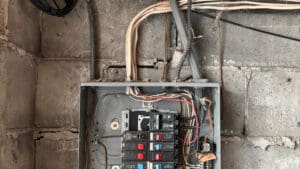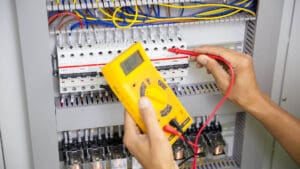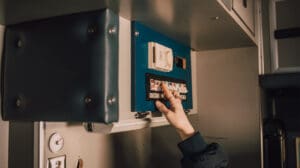Residual Current Devices, or RCDs, are safety tools used in electrical systems to guard against electric shock. When an imbalance in the electrical current is discovered, RCDs notice it and cut off the energy supply. By turning off the power supply to the impacted circuit, RCDs aid in the prevention of electrocution. They are, all in all, a crucial safety tool to have, and it’s important to have knowledge of how to wire one.
Designs of RDCs
Ensure to take into account the RCDs’ design in order to fully comprehend the operation and wiring thereof. The four fundamental components of residual-current devices should be your main emphasis: Contacts with the switching lever, summation current transformer, tripping mechanism and RCD test circuit.
Connecting the RCD
The device is reasonably easy to connect, but there are a few guidelines that must be followed. You shouldn’t use an RCD between a power source and a load as a single element; it doesn’t offer protection against short circuits or wire overheating. It’s advised to use at least one overcurrent circuit breaker for every RCD in order to increase safety.
Single-phase Circuit
In a single-phase circuit, attach the phase and neutral wires to the RCD input. The connecting device for the protected conductor can be a terminal strip. While the neutral wire at the RCD output can be connected directly to the installation, the phase wire should be linked to the overcurrent circuit breaker.
Three-phase RCD
The connection of the three-phase RCD is comparable to that of a single-phase circuit in systems with more complex electrical infrastructure. Attach the neutral wire, all three phases, and the residual-current device’s input. Each phase’s output is coupled to an overcurrent circuit breaker. On the other side, the busbar is linked to the neutral wire at the output. Pay close attention to the maximum current that can pass through the RCD for this connection.
Professional Guidance
Even though it’s good to have a basic idea of how to connect these systems, assistance from a professional electrician is always recommended over attempting to do the task yourself. This can save you a great deal of time, stress and potentially money, as well as give you peace of mind that the job will be done right the first time.
At Express Tech Electrical Services, we have the skills and experience required for RCD installation in Sydney promptly and safely. Contact us today for an appointment to alleviate your stress and make use of nothing but the best electrical services on offer.
Related posts:





